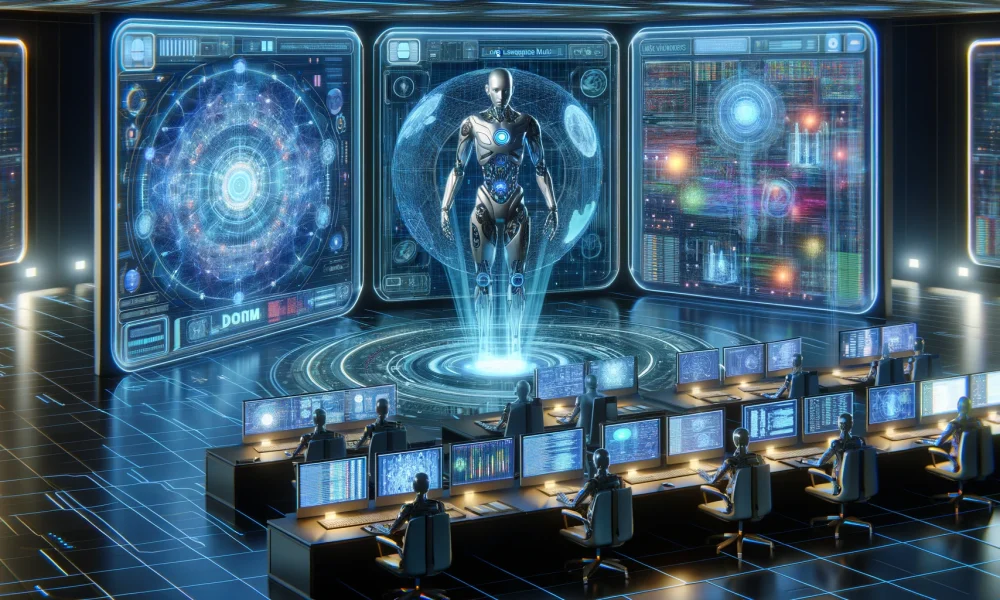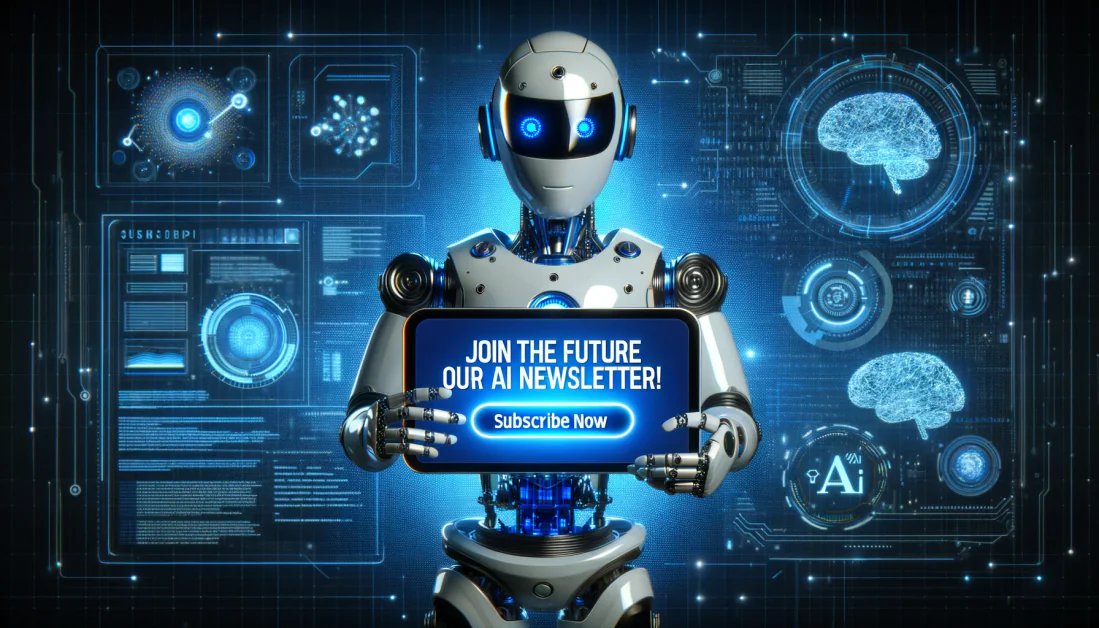The Future of AI: Embracing the Right to Repair
Artificial Intelligence (AI) is no longer just a fictional concept. It is a driving force behind some of the most astonishing changes in industries like healthcare, transportation, and entertainment. These systems, from self-driving cars to AI-powered diagnostic tools, are essential to our daily lives. Yet, as these systems become more complex and embedded in critical industries, a question arises that many have yet to consider: Why can’t we repair AI systems the same way we repair our phones or cars?
The Evolution of the Right to Repair Movement and Its Relationship with AI
The “Right to Repair” movement has gained momentum in recent years and focused initially on consumer electronics and the automotive industry. The idea is simple: people should have the right to fix their products without being forced to rely on manufacturers or void warranties. However, the stakes increase as AI becomes more embedded in everything from medical equipment to factory robots. The question is not just about convenience but also accessibility, security, and ensuring that the AI systems we rely on can be maintained and repaired when things go wrong.
The Intersection of Repairability, Sustainability, and Innovation in AI
Implementing the Right to Repair for AI systems faces significant challenges that must be addressed to make it a practical reality. Modern AI systems involve physical hardware and complex software algorithms, data models, and machine learning frameworks. This complexity makes repair far more complicated than traditional hardware systems and often requires specialized expertise.
Enabling a Sustainable Future Through AI Repairability
In conclusion, the Right to Repair for AI is essential to making technology more accessible, sustainable, and innovative. As AI systems become crucial in industries and daily life, empowering consumers and businesses to repair and maintain these systems will reduce costs, minimize e-waste, and foster healthy competition.
-
Why should we have a right to repair artificial intelligence?
Having a right to repair AI is important because it allows users to have control over the technology they are using. This can help prevent monopolies in the AI industry and promote competition and innovation. -
What are some potential risks of not having a right to repair AI?
Without a right to repair AI, users may be forced to rely on specific companies for repairs and maintenance, leading to high costs and limited choices. Additionally, this lack of access to repair information could hinder advancements in AI technology and limit the ability to address potential security vulnerabilities. -
How does the push for a right to repair AI benefit consumers?
By advocating for a right to repair AI, consumers can have more autonomy over the devices and systems they use. This can lead to increased transparency, accountability, and reliability in AI technology, ultimately benefiting the end-users. -
What steps can be taken to promote a right to repair AI?
One way to promote a right to repair AI is by advocating for legislation that ensures users have access to repair information, tools, and parts for AI devices. Additionally, manufacturers can play a role by designing products that are easier to repair and providing support for independent repair shops. - How can individuals support the push for a right to repair AI?
Individuals can support the push for a right to repair AI by staying informed about the issue, advocating for legislative changes, and supporting organizations that promote consumer rights and transparency in the tech industry. Additionally, consumers can choose to purchase products from manufacturers that prioritize repairability and user control.




